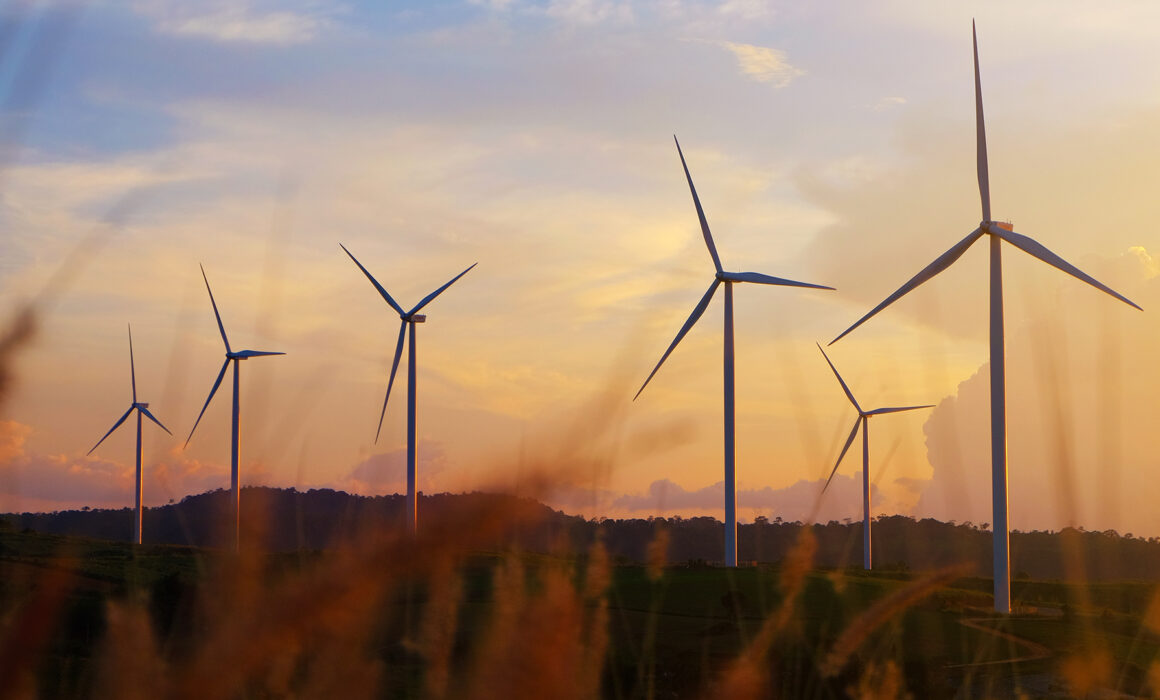RELEASE: Unmitigated Wind Projects Spooking Bat Populations Year-Round
FOR IMMEDIATE RELEASE
October 30, 2024
Contact:
Cara Gustafson
cara@stewardsoftexas.org
Bats face significant threats from wind turbine collisions and pressure changes caused by the fast-moving turbine blades.
AUSTIN, TX – As Texas continues to lead the nation in utility-scale wind energy production, Stewards of Texas is calling attention to the need for increased conservation measures. Texas has the largest bat colony in the world in San Antonio’s Bracken Cave Preserve with over 15 million bats. Other famous sites such as Austin’s Congress Avenue Bridge and Fredericksburg Old Tunnel State Park draw tourists from across the world. 32 of the 47 bat species found in the United States call Texas home as well.
“The loss of bats poses a substantial ecological risk in Texas, as they pollinate our plants, help control crop pests, and reduce the need for pesticides,” said spokesperson Cara Gustafson. “In Texas alone, bats saved farmers $1.4 billion by eating crop pests. Without intervention, population losses could impact bat populations for years to come. Bats are slow to reproduce, so population decline is difficult to recover from.”
Mexican free-tailed bats tend to live in the same areas that are good for wind energy, according to a 2024 study. In fact, a third of the more than 33,000 currently existing wind turbines within the southwestern U.S. occurred in highly suitable areas for Mexican free-tailed bats, primarily in west Texas, Oklahoma, and Kansas.
According to Bat Conservation International, collisions with wind energy turbines are one of the leading causes of bat mortality in North America and Europe. Here in Texas, wind turbines kill about 200,000 bats each year. With so many new projects sprouting up rapidly, this number can increase further.
Currently, no policies exist to reduce bat deaths caused by wind turbines in Texas.
“With each new wind project, more bats face fatal risks, yet there are no established guidelines to address these impacts. Waiting for species to reach endangered status could mean irreversible losses. Texas should take proactive steps now by implementing state-led strategies to balance the state’s renewable energy goals with the conservation of our invaluable bat populations,” Gustafson concluded.
For more information, visit our website (stewardsoftexas.org) or contact Cara Gustafson at the information above.


